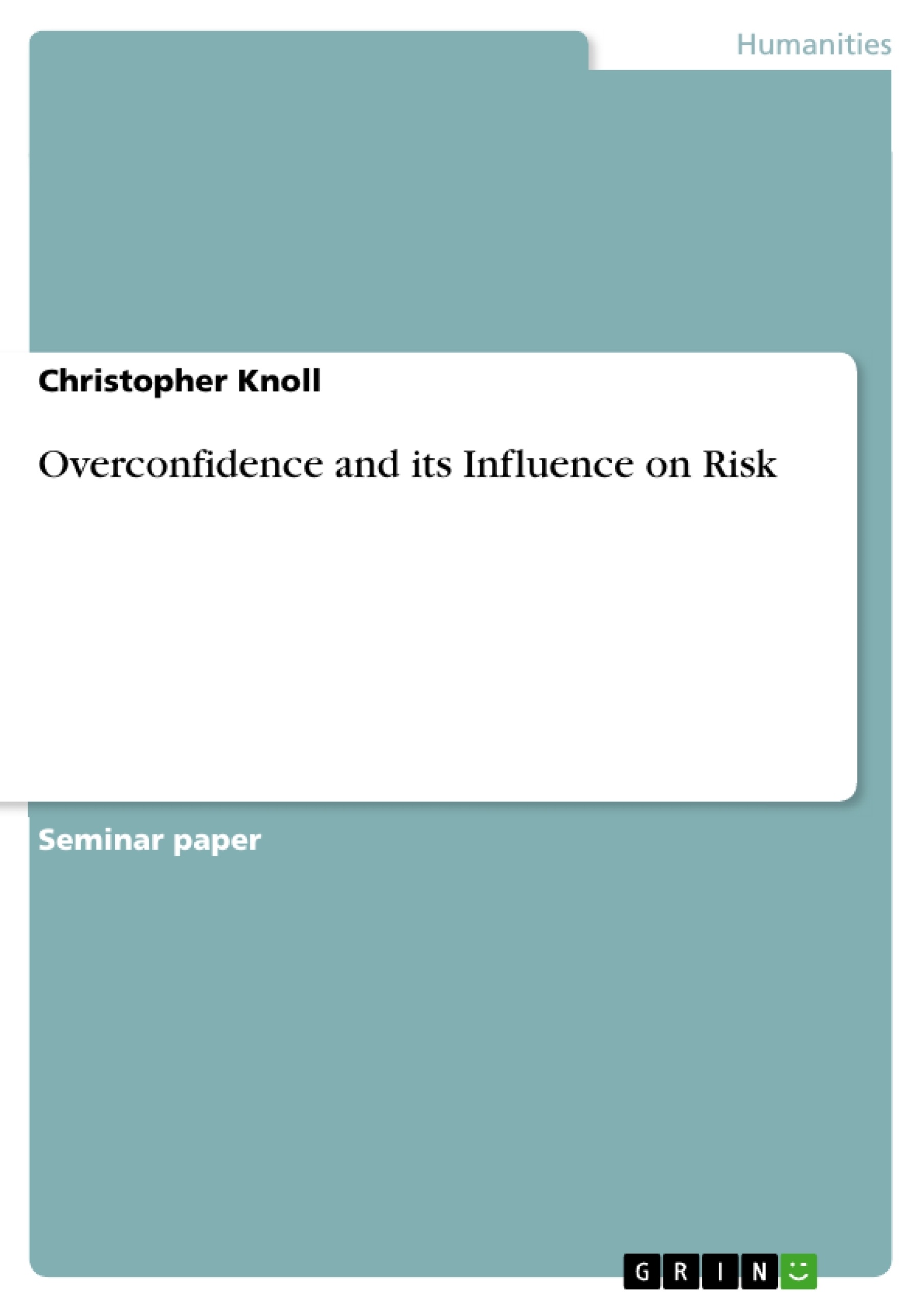In a study conducted in 1980 drivers were surveyed about their driving skills in comparison to a group of others. In her experiment, Svenson analyses how people judge their own skill and risk taking engaged in risky activities.
The result of the experiment shows that 88% of US subjects and 77% of Swedish subjects judged their skills above the average skill in their subject group. Preston and Harris (1965) indicate even more bias from subjects. They compared 50 drivers which were involved in accidents, besides being hospitalized, they still showed means stating that they judged themselves more skillful than the average driver.
The central element of the economic paradigm is homo economicus. Homo economicus is described as an individual with rational actions. The homo economicus faces a situation with limited resources to satisfy his needs. Therefore, the homo economicus uses rational decisions to optimize his outcome and gain the highest utility possible. Behavioral economic research on the other hand distinguishes a deviance of human behavior from the rational homo economicus as can be observed in Svenson’s study. The behavior is called overconfidence, which is a widely discussed phenomenon in behavioral economic literature. Psychological studies show that most people are overconfident about their own relative abilities, tend to underestimate their competition and make unreasonably optimistic predictions about their futures. In the following, the characteristics of the behavioral model of overconfidence will be further discussed. Subsequently, the influence of overconfidence on risk taking will be evaluated.
Inhaltsverzeichnis (Table of Contents)
- Introduction
- Behavioral model of Overconfidence
- Empirical evidence
- Men and overconfidence
- Overconfidence in relative skill and reference group neglect
- The self-serving bias
- Myopia and loss aversion
Zielsetzung und Themenschwerpunkte (Objectives and Key Themes)
This seminar paper examines the phenomenon of overconfidence and its influence on risk taking. It explores the behavioral model of overconfidence, contrasting it with the traditional economic paradigm of homo economicus. The paper also delves into empirical evidence, analyzing how overconfidence manifests in different contexts and its impact on decision-making.
- Behavioral model of overconfidence
- Empirical evidence of overconfidence in various settings
- Impact of overconfidence on risk taking
- Reference group neglect and its role in overconfidence
- Self-serving bias and its implications for decision-making
Zusammenfassung der Kapitel (Chapter Summaries)
- Introduction: This chapter introduces the concept of overconfidence through a classic study examining drivers' self-perceived driving skills. It sets the stage for exploring the behavioral model of overconfidence and its implications for risk taking.
- Behavioral model of Overconfidence: This chapter introduces the concept of homo economicus, the rational agent of traditional economics, and contrasts it with the concept of overconfidence, a prevalent phenomenon in behavioral economics. It outlines the characteristics of the behavioral model of overconfidence and sets the stage for examining its impact on risk taking.
- Empirical evidence: Men and overconfidence: This chapter examines the relationship between gender and overconfidence, drawing on a study that found men tend to trade more excessively than women, possibly due to overconfidence in their investment skills. This evidence highlights the potential role of gender in shaping overconfident behavior.
- Empirical evidence: Overconfidence in relative skill and reference group neglect: This chapter explores the concept of reference group neglect, a situation where individuals overestimate their skills relative to others. The chapter discusses an experimental study that examined how reference group neglect contributes to overconfidence in business decision-making, demonstrating the impact of overconfidence on competitive scenarios.
- Empirical evidence: The self-serving bias: This chapter examines the self-serving bias, a phenomenon where individuals attribute success to their own abilities and failures to external factors. The chapter explores how this bias can contribute to overoptimistic planning in organizations, highlighting the potential risks associated with overconfidence in a managerial context.
Schlüsselwörter (Keywords)
The key concepts explored in this paper include overconfidence, homo economicus, reference group neglect, self-serving bias, risk taking, and behavioral economics. The paper delves into empirical research findings that demonstrate how these concepts influence decision-making in various contexts, particularly in financial markets and organizational settings.
- Arbeit zitieren
- Christopher Knoll (Autor:in), 2016, Overconfidence and its Influence on Risk, München, GRIN Verlag, https://www.hausarbeiten.de/document/1152399


